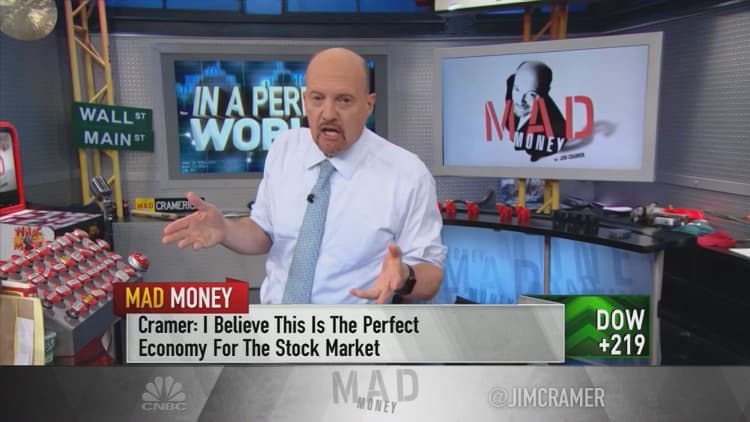
The jobs market has reached what should be some kind of inflection point: there are now more openings than there are workers.
April marked the second month in a row this historic event has occurred, and the gap is growing.
According to the monthly Job Openings and Labor Turnover Survey released Tuesday, there were just shy of 6.7 million open positions in April, the most recent month for which data are available. That represented an increase of 65,000 from March and is a record.
The number of vacancies is pulling well ahead of the number the Bureau of Labor Statistics counts as unemployed. This year is the first time the level of the unemployed exceeded the jobs available since the BLS started tracking JOLTS numbers in 2000.
As of April, the total workers looking and eligible for jobs fell to 6.35 million, a decrease from 6.58 million the previous month. The number fell further in May to 6.06 million, though there is no comparable JOLTS data for that month.
Under normal circumstances, the mismatch would be creating a demand for higher wages. However, average hourly earnings rose just 2.7 percent annualized in May, up one-tenth of a point from April.
"Given these trends, the sluggish wage growth rate is even more perplexing," said Cathy Barrera, chief economist at ZipRecruiter, an online employment marketplace. "If employers want to fill these 6.7 million job openings, they are either going to have to raise wages or find more clever and creative ways to recruit workers off the sidelines."
Employers have been complaining for years about a skills mismatch, or the inability to find workers with the right training for the positions available. In the meantime, companies are adding other incentives to retain workers and pull new ones in.
As the demand grows, workers have gotten more confident about leaving their current positions for better ones.
The total "quits" rate has been nudging higher this year and was at 2.3 percent in April, the highest since 2005 and above the 2.1 percent rate a year ago and the 1.3 percent bottom set in 2010. Barrera said the rate should be higher.
"While more people are getting into jobs, folks aren't moving around much once they do," she said. "Unfortunately, the lack of mobility means that employers face little pressure to raise wages. They just aren't competing over jobholders."
How long it will take until the gap is bridged has confounded economists and policymakers at the Federal Reserve. April saw the difference between job openings and hires continue to be wide as the labor market gets closer to full employment.
"This is the ongoing difficulty of employers finding qualified workers. The disparity between job openings and hiring is over a million again for the second month in a row," said Jessica Rabe, co-founder of DataTrek Research. "In terms of wages, it's hard to increase wages when you don't have the proper qualifications for a worker to fill that role."
Another factor working against wage gains is demographics and the aging workforce.
While the unemployment rate has dropped to 3.8 percent, tied for the lowest rate since 1969, the level of those falling out of the workforce has surged. The total of those counted as not in the labor force is now at a record 95.9 million, a 21 percent rise over the past decade.
WATCH: Cramer says the jobs market is just right — for investors.

Correction: The monthly Job Openings and Labor Turnover Survey was released Tuesday. An earlier version misstated the day.


